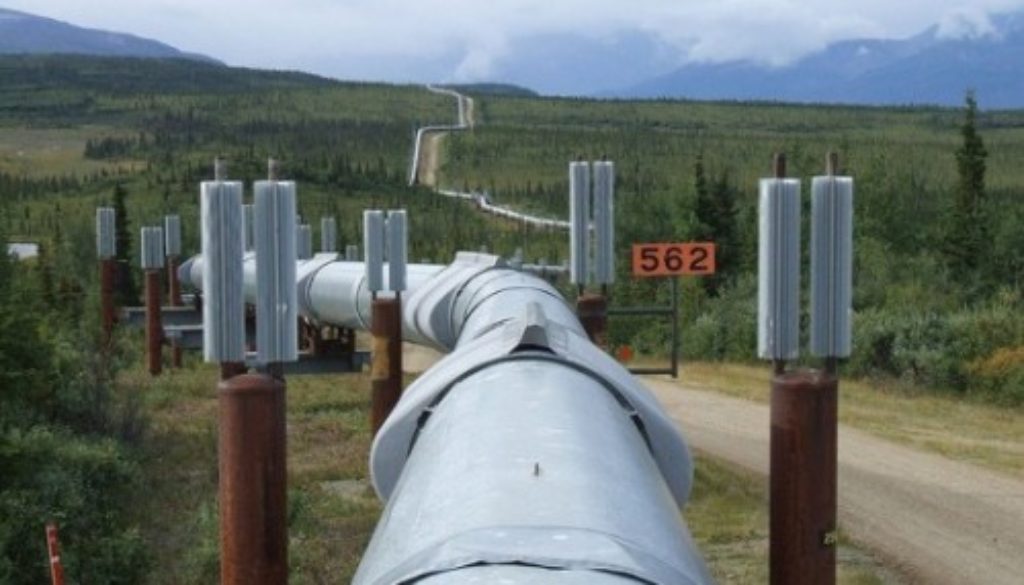As Court Halts Keystone XL, Public Voices Opposition
By Joshua Axelrod, Natural Resources Defense Council
Within hours of the close of the State Department’s public comment period on their rushed Draft Supplemental Environmental Impact Statement (DSEIS) for the Keystone XL tar sands pipeline, a federal court in Montana handed down a decision halting the project altogether and ordering the government to undertake a new, far more detailed look at the contentious project.
The news came after more than 150,000 people once again voiced their opposition to the proposed Keystone XL tar sands pipeline. In public comments submitted in response the State Department’s DSEIS, commenters from across the country highlighted the unnecessary threats to endangered species, fresh water, farmland, and global climate posed by the pipeline. This comes at a time when the connection between Keystone XL and tar sands production expansion—with all of its significant climate impacts—has never been clearer. With new pipelines cancelled or delayed, companies have reduced production on existing projects and have even called off expansion projects until new pipelines are built. As the scientific community raises the urgency of global efforts to reduce our carbon emissions, the case against tar sands expansion projects like Keystone XL is stronger than ever.
For those keeping track at home, it has now been almost four years since the Obama administration denied Keystone XL’s key federal permit, halting the project. President Trump revived the project from the dead as one of his first executive actions in January 2017, but little progress has been made toward the project getting built in the nearly two years that have followed. Indeed, as some of today’s public comments highlight, the State Department and the Trump administration have been so sloppy with the project and its environmental review that they continue to fail to meet the basic requirements of our bedrock environmental laws.
Today’s legal victory against the pipeline demonstrates just how high the hurdles are for Keystone XL and how low its chances are of ever being built. Piling onto its problems, litigation in Nebraska could lead to the state route permit being revoked and sent back to the Public Service Commission, which would then be required to undertake a new review of the route. Future litigation involving the use of eminent domain in Nebraska also hangs over the project, as do suits recently brought by tribes in Montana and South Dakota.
Just how long TransCanada can hold out hope that Keystone XL will get built remains an open question. In a show of surprisingly weak demand for the project, the company recently announced that it was investigating new ways to fund the $8 billion pipeline, including joint ventures. Despite holding a cross-border permit for more than a year, the company has still not made a final investment decision on the project.
The delay of Keystone XL, along with Enbridge’s Line 3 in Minnesota and Canada’s nationalized Trans Mountain expansion in British Columbia, have led to forced production cuts in the Canada’s tar sands industry that lay bare its astonishing vulnerabilities. Industry and the State Department have long argued that new pipelines from the tar sands will not lead to expanded tar sands oil production. This, of course, has always been a lie and today’s conditions prove it: in the face of limited new export capacity, producers are throttling output back in major ways, with some even calling for production quotas to help alleviate some of the economic pain the industry is feeling. Others have publicly stated that they will delay or cancel planned expansions until new pipeline capacity is added. The message is clear. New pipelines equal expanded production of one of the world’s dirtiest oils.
As Canada’s tar sands industry faces this tough reality, other economic winds are blowing in their face. Global oil prices have now fallen to their lowest levels in seven months. More painful still, the baked-in discount tar sands oil sees on the market due to low quality and transport costs has further ballooned as stockpiles have grown and export capacity has tightened. A barrel of tar sands oil now sells for less than $20, more than $40 below the price fetched by West Texas Intermediate (WTI), North America’s benchmark crude oil.
This situation is unlikely to improve. In a year’s time, demand for heavy sour crude oils like tar sands is also likely to take a hit as the global shipping industry makes a dramatic shift to low sulfur fuels. On top of that, a bombshell report that had been kept under wraps by Alberta’s Energy Regulator was recently unearthed, finding that the tar sands industry sits on top of liabilities totaling US$200 billion—costs that must be borne either by the tar sands industry or Alberta’s tax payers and Indigenous communities.
All of this drama is now also playing out against the backdrop of the Intergovernmental Panel on Climate Change’s (IPCC) recent publication of their special report on “Global Warming of 1.5˚ C.” The report paints a troubling picture of the state of the global climate and the pace at which action to mitigate climate change must take place for Earth to avoid the onset of increasingly catastrophic climate events. A key change: stopping almost all burning of fossil fuels by mid-century. It’s an achievable change, but not if governments like Canada continue to poor billions of dollars into subsidies and other supports into industries like the tar sands. A reasonable and economically viable alternative exists: stop pushing these unneeded and dangerous pipeline projects, allow tar sands production to plateau at current levels, and do the work to achieve an equitable solution for the labor force and communities most impacted by the global paradigm shift that is gaining momentum every day.

